Cross -turn is an important rule that helps to achieve the highest quality and abundant crop in any garden area. If you regularly change the place of sowing and planting of various crops, you can achieve that each plant will receive the necessary and proper amount of nutrients from the soil. Also, observance also requires the “neighborhood” of vegetables because many plants of plants are able to be transmitted by a nearby family of vegetables.
Content
- What then to plant for the next year: table
- What to plant after strawberries, and then plant strawberries and why?
- What to plant after cabbage, then plant cabbage and why?
- What to plant after cucumbers, then plant cucumbers and why?
- What to plant after tomatoes, then plant tomatoes and why?
- What to plant after a bitter pepper, and then plant bitter pepper and why?
- What to plant after sweet pepper, then plant sweet pepper and why?
- What to plant after potatoes, then plant potatoes and why?
- What to plant after garlic, then plant garlic and why?
- What to plant after beets, then plant beets and why?
- What to plant after a bow, then plant onions and why?
- What to plant after pumpkin, then plant a pumpkin and why?
- What to plant after radish, then plant a radish and why?
- What to plant after carrots, then plant carrots and why?
- What to plant after eggplant, then plant eggplant and why?
- What to plant after peas, then plant peas and why?
- What to plant after zucchini, then plant zucchini and why?
- What to plant after parsley, then plant parsley and why?
- What to plant after sorrel, then plant sorrel and why?
- What to plant after melon and watermelon, then plant melons and watermelons and why?
- What to plant after beans, then plant beans and why?
- What to plant after dill, then plant dill and why?
- What to plant after corn, then plant corn and why?
- What to plant after mustard, then plant mustard and why?
- Video: What to plant after strawberries?
What then to plant for the next year: table
Every gardener and an experienced gardener knows that sowing must be competent. Moreover, planting of various crops and plants: vegetables, berries, fruits, herbs is not only a pleasant, but also a useful activity. It allows a person to develop, engage in health, carry out physical activity, breathe and enjoy nature, be more in the fresh air, relax from urban life, get aesthetic pleasure, and grow food for themselves.
Everyone who is engaged in the cultivation of the garden daily will certainly delight a good harvest. In order for it to be impressive, fertile and good, you should definitely adhere to certain rules and queues of planting seeds, seedlings and so on.
Not every gardener knows that it is impossible to plant the same plants annually in the same place. The fact is that plant roots tend to produce certain enzymes (peculiar discharge), which literally poison the soil every year and make it less fertile. It is for this reason that it is necessary to do crop rotation each time-firstly, and secondly, observe the alternation of sowing: what and what you need to plant for.
When planting each plant, you need to know in detail about how much time and seasons it can be in the soil, which takes time for planting and a type of fertilizer.
Proper and organized planting of vegetables has a lot of advantages:
- reduces the number of possible earth pests
- reduces the number of different pathogens for plants
- improves and increases the amount of nutrients in the soil
- allows you to use various fertilizers correctly
- minimizes the negative effect of fertilizers on the soil and plants
- allows you to dig the soil more often and deeper, which is useful for plants
The table of proper landing and alternating vegetables in the garden area:


What to plant after strawberries, and then plant strawberries and why?
Strawberries are a tasty and favorite berry, how much your harvest will depend on how thoroughly you pick up a place to plant it. Strawberries can grow fertilely in one place for no more than four years. After this time, such negative changes can be seen as:
- berries become smaller
- the plant wears out and ages
- the plant is more often sick
- the plant is not rarely dies
The soil under strawberries in four years is exhausted, infected with many different diseases, it contains many pests. A transplant to the area where other cultures previously grew up will help improve the crop and its quality.

To the place where the strawberries previously grew, you can plant a completely opposite plant, for example, root crop:
- potato
- celery
- carrot
- beet
- onion
- garlic
The root crop is the best option for planting, but this does not mean that you cannot plant other culture on this site, for example, zucchini or cucumbers. After you clean the plot of strawberries, rush it thoroughly and conduct thorough mineralization.
It is important to know that you should not plant in the soil where strawberries grew before. The fact is that strawberries are pink -flowing, which means all related crops, for example, raspberries or blackberries, will be contraindicated. Fruit trees are also not recommended. A sufficient amount of time should pass and it is necessary to produce all types of fertilizers and “healing” of the soil.
Speaking about which strawberries can be planted after, it is worth noting that the plant is not whimsical and gets along well on the soil, where there were previously various root crops, legumes, greens and even petty.
What to plant after cabbage, then plant cabbage and why?
The cabbage is planted with seedlings, it is important to buy only stocky and healthy seeds - this is a guarantee of a good harvest, tasty and healthy fruits. Seedlings must have strong and dense leaves. It should be planted in the ground, dug up already to the outlet itself and carefully compact the earth.
Also, the fertility of the crop will be affected by a good neighborhood that will accompany the vegetable on the site. Several non -complex rules should be observed. It is best to plant cabbage in the soil where there was previously a crop:
- any root crops
- legumes
- grain crops
- melon cultures

It is important to know that cabbage cannot be grown for more than three years in a row in one basis. After you have harvested, the soil must be digging up and mineralize.
It is known that the cabbage after growing for more than two years in one section is able to take all the most useful from the soil. After cabbage, you can plant cucumbers, potatoes, tomatoes or onions.
What to plant after cucumbers, then plant cucumbers and why?
Cucumbers are able to “endure” and bear fruit on the same soil for no more than four years in a row. After this time, it is necessary to change the site so that your crop is good and plentiful.
As practice shows, the best cucumbers grow on the land where they were previously fruiting:
- any variety and type of cabbage
- root crops (carrots - not desirable)
- legumes (best: peas and beans)
- ordinary and leaf greens

A good harvest of cucumbers may be favored by a successful neighborhood, which belongs to dill, different legumes, leaf greens, salads, fennel.
For a real gardener, important information is what culture should be planted after cucumbers for the next year. With confidence we can say that they will be given a crop on this basis:
- bulbal cultures
- some root crops: beets or celery
- radish and radishes
What to plant after tomatoes, then plant tomatoes and why?
Tomato is one of the most beloved vegetables. However, getting a good and fertile tomato crop is quite difficult. To do this, follow all the rules for alternating planting in the soil of plants in the garden area.
First of all, it should be known that tomatoes and family -related family classification - melons and petty, unfortunately, “get sick” with the same diseases. It is for this reason that the tomato is not recommended to plant in the soil, where their native vegetables have previously “lived”, as well as not to plant them in their neighborhood.
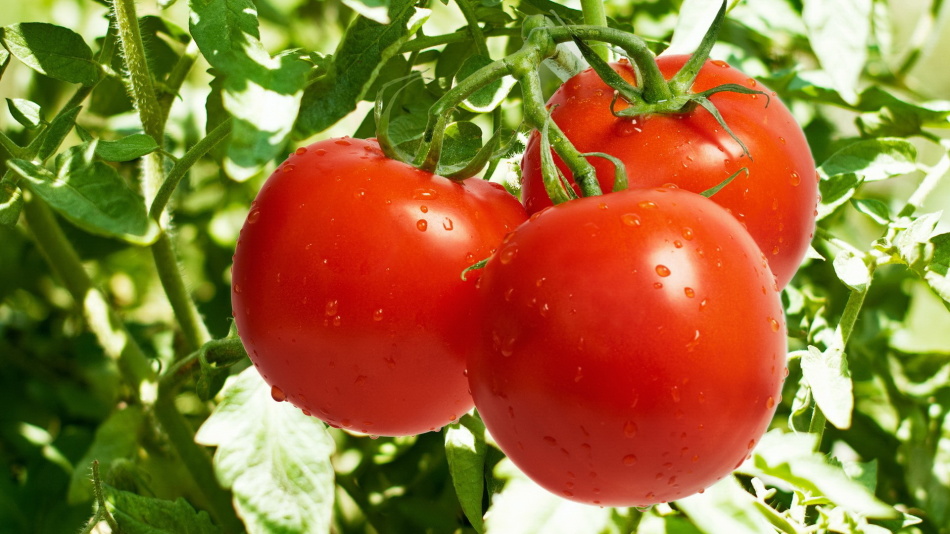
Tomatoes will give a decent crop where such cultures have previously grown as:
- melons (including pumpkin, melon and zucchini)
- some root crops: turnip, beets
- bulbal plants
- greens are leafy and ordinary
It is strictly not recommended to plant tomatoes where they previously grew:
- potato
- any type of pepper
- rasnery
- physalis
After you have collected a good tomato crop and want to transplant them to another site, the previous soil will be suitable for many unpretentious crops: bulbous, legumes, some root crops and greens.
After tomatoes, it is impossible to plant such berries as strawberries and strawberries in the soil, since soil diseases are quite capable of switching to the roots of these plants.
What to plant after a bitter pepper, and then plant bitter pepper and why?
Pepper is the vegetable vegetable, therefore, to planting on the soil where the plants of this family before grew pepper before. It is impossible to plant pepper on the same soil where it grew and last year, it is impossible, it is necessary that about three years have passed since that moment.
Pepper is a “capricious” culture that is very demanding on the quality of the soil.
The best crops-predecessors for bitter pepper are:
- onion
- cucumbers
- leaf greens
- herbs
- cabbage
- legumes
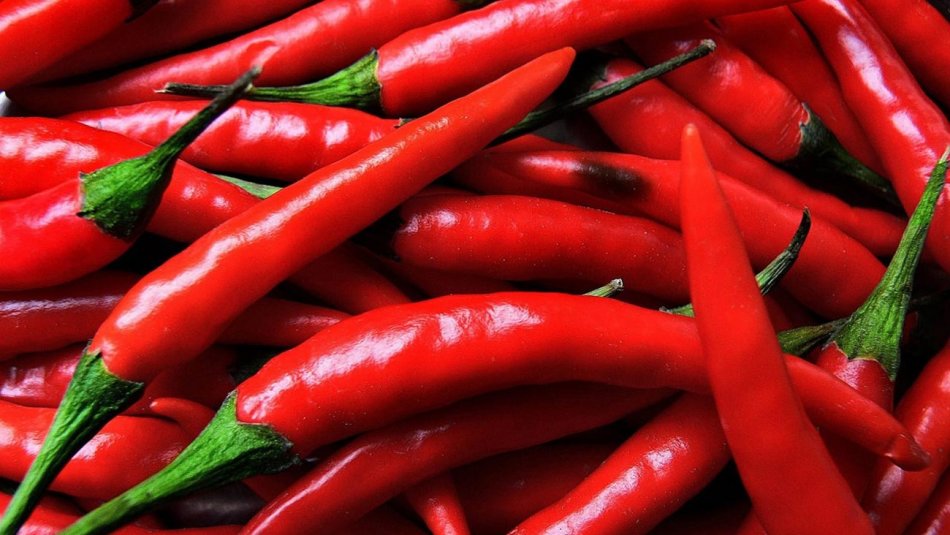
Extremely bad after pepper in the soil will take root:
- potato
- beet
- carrot
- celery
- tomato
If you fulfill all the basic rules on the fertilizer of the soil and alternating crop rotation, then the crop of bitter pepper will delight you not only with its quality and good quantity.
What to plant after sweet pepper, then plant sweet pepper and why?
Sweet pepper is more whimsical than bitter pepper. However, the requirements for its landing are similar to all types of this vegetable.
The best pepper will take root after:
- any onion plants
- melon cultures
- leaf and ordinary greenery
- cabbage of any kind and variety
- all legumes
After sweet pepper, you can confidently put root crops in the soil, they will give a good and high -quality crop.

What to plant after potatoes, then plant potatoes and why?
Potatoes are frequent and popular vegetable in every garden. He is able to successfully fertilize in the same place for several years, but to imagine that it is often impossible for him to change his place when every square meter in the account. Therefore, the most important and important rule for observing is to take into account the wishes for the "neighborhood" and the crop rotation of other crops.
Potatoes are able to give a good harvest in the place where it grew before:
- various melons
- any onion crops
- any legumes
- some root crops: radishes or radish

It is worth noting that the soil after potatoes is quite exhausted and “worn out”, so it is recommended to plant syderata cultures in it, that is, those that will “heal it” and give her “relax”.
Such plants will serve:
- mustard
- grain
- oats
- legumes
- fatselia
- rape
- pumpkin
It is extremely recommended to be planted in “worn” and “empty” to nutrients soil after potatoes such vegetables as:
- eggplant - they will give a meager harvest or completely die
- tomatoes - they are extremely demanding on the quality of the soil
- pepper - it is whimsical to the soil and requires a large content of nutrients in it
What to plant after garlic, then plant garlic and why?
In addition to its excellent qualities, this bulbous plant can “spoil” the soil literally “sucking” most mineral substances from it and attracting many insect pests to themselves. The best crops that grew in the soil before planting garlic are any cereal crops, with the only exceptions of oats and barley. The soil that previously grew up is considered good:
- edible and leaf greens
- clover
- alfalfa
- bach vegetables
- strawberry
- strawberries and other berries

Garlic will not successfully take the soil successfully and lead to a poor crop if before that it is harvested of any root crops: from potatoes to carrots.
What to plant after beets, then plant beets and why?
You can get a good crop of beets if you observe everything with the requirement to plant this vegetable in the soil. Beetroot is quite unpretentious to the soil and often gets along even on a “exhausted” area.
Beetroot will give many large fruits if the soil in which it was planted before was the place of growth:
- vegetables of the Bakhchev family
- cabbage of any kind and variety
- tomatoes of any variety
- pepper of any variety
- any root crops
- any bulbous crops
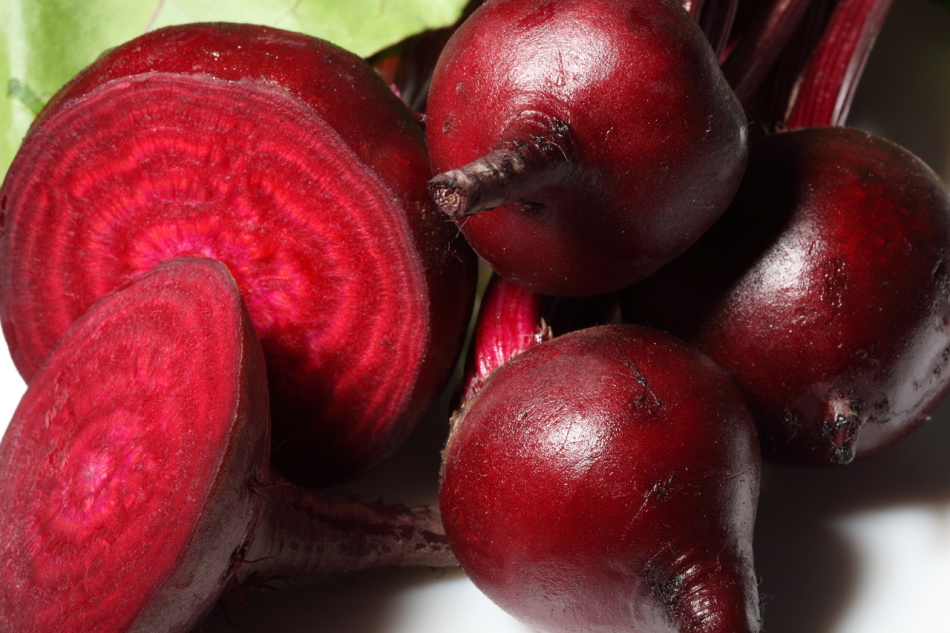
After beets in the soil, such cultures as::
- leaf green vegetables and any greens
- bulca cultures: fennel, onions, garlic
- some unpretentious root crops
- any legumes
What to plant after a bow, then plant onions and why?
Onions are not recommended to plant the same soil for more than two years in a row.
It is best to plant onions in that soil where other bulbous plants have not previously grew because the soil is “empty” into many useful trace elements for it. The onion will take root where they previously grew up:
- bach vegetables
- vegetables of the nightshade family
- roots
- leafy vegetables and herbs
- any legumes

A good harvest can be obtained if you plant on the next year after the onion of the onion:
- root crops: carrots, beets, celery and others
- legumes
- leafy vegetables and herbs
- tomatoes
What to plant after pumpkin, then plant a pumpkin and why?
The pumpkin is able to exhaust the soil, taking some trace elements out of it, but giving it completely different.
Favorable for pumpkin will be the soil where they grew earlier:
- any type of pepper
- vegetables-rooted
- cabbage
- bulbal vegetables
- leaf and ordinary greens
- legumes
- corn

The pumpkin should be planted where they previously grew:
- bulbal plants
- roots
- cabbage of any kind
- legumes
- leafy vegetables and herbs
What to plant after radish, then plant a radish and why?
Radis is not the most whimsical vegetable, but its crop depends on what grew on the basis before it. Any bean culture is considered the best option. Other permitted plants can also be attributed:
- vegetables of the Bakhchev family
- cabbage in any form
- tomatoes and tomatoes
- potatoes and other root crops
After radishes, the soil will take well and delight the crop from plants such as:
- roots
- bach vegetables
- greens
- leafy vegetables

What to plant after carrots, then plant carrots and why?
Carrots "loves" prepared soil: plowed, dug and fertilized. You can plant carrots after any plant, but not after carrots itself.
The best carrots will take root where they grew up before:
- bulbal vegetables
- tomatoes and other vegetables of the nightshade family
- cabbage of any variety and any kind
- potatoes and other root crops
- salad and sheet vegetables
- greens
After carrots, such cultures as::
- vegetables of the Bakhchev family
- salad and any other leafy vegetables
- cabbage of any kind
- mustard
- any greens

What to plant after eggplant, then plant eggplant and why?
The gardeners know that eggplants are able to get along well with many cultures. They are perfectly adjacent to the nightshade, but categorically do not grow in the soil after them.
Eggplant should not be planted in the soil after:
- pepper of any variety and any kind
- tomatoes and other "nightshade" vegetables
- potatoes, as well as some other root crops: carrots, beets
The eggplant takes place best where it was previously grew up:
- cabbage of any variety and type
- greens and sheet vegetables
- salad
- legumes

What to plant after peas, then plant peas and why?
Legumes, in particular peas, are excellent predecessors such cultures as:
- vegetables of the nightshade family
- vegetables of the Bakhchev family
- cabbage of any kind and variety
- bulbal vegetables
- roots
It is worth noting that after legumes and peas, you can plant almost any culture, since the soil is considered a "rested".

What to plant after zucchini, then plant zucchini and why?
The zucchini, like a pumpkin, are able to accept any soil, even the one that is very “tired” from the previous crop. They are not whimsical in the cultivation and all that they need is water and light. The zucchini feed on completely different nutrients, in contrast to any root crops and nightshade and often successfully coexist with these vegetables.
It is possible to get a good and high -quality crop of zucchini if \u200b\u200byou put them in the soil where they have collected before them:
- legumes
- bulbal plants
- greens and sheet vegetables, salad
- rasneral crops
- roots
The zucchini feeds on the soil at its level and therefore the following plants of completely different families will be the most successful:
- they will take root well and give a good harvest tomatoes
- this place will be extremely successful for any root crops
- legumes
- any cabbage
- eggplant
- bulbal plants
In no case should the zucchini be planted with other melon vegetables because they need the same supply of nutrient soil substances and are able to hurt the same “diseases”.

What to plant after parsley, then plant parsley and why?
The success of a good and high -quality crop is a constant change of areas for planting vegetables. Thus, cultures have the opportunity to receive the necessary nutrients, grow large fruits and not die.
If annually for several years to plant greens in the same place, then you can hardly achieve a good harvest. In the end, the soil is depleted, does not have the desired set of trace elements and the plant is doomed to death. Parsley is a greens capable of taking root at any place where it has not yet grown:
- after nightshade vegetables
- at the place of rod crown
- where there were earlier vegetables before
- in soil after bulbous plants
The only restriction is another greens, leafy vegetables that feed on the same set of trace elements. It is not advisable to sow parsley where it previously grew sorrel, salad, dill, basil and other similar plants.

After parsley, any vegetable culture is allowed to plant in the ground - everything except greenery.
What to plant after sorrel, then plant sorrel and why?
Like any leafy vegetables, as well as greens - sorrel feeds on microelements at a certain soil level. You can even plant sorrel even there, tomatoes, potatoes and other vegetables have grown there before for many years.
Sorrel can only not take root in the soil that has given a crop of any greenery, salad, spinach, parsley and dill for many years. After sorrel, it is recommended to plant absolutely any families of vegetables.

What to plant after melon and watermelon, then plant melons and watermelons and why?
Melon and watermelon are the fruits of the Bakhchev family. They do not have deep roots and grow where the soil is well moistened and there is an abundance of light. It is known that in order to get an impressive and good harvest of these fruits, they must be raised separately from each other and from related crops. This is because the soil is able to spread their “family” diseases and quickly deplete its supply of necessary nutrients.
Both melon and watermelon will be fruitful where they were previously planted:
- a nightshade vegetables
- any root crops
- legumes
- cabbage
- greens
- leafy vegetables and salad
- bulbal vegetables
Taking the necessary melon nutrients from the soil, the trace elements are reserve that will favorably affect the crop of other crops. Therefore, after melon and watermelon, you can plant in the soil:
- any root crops
- tomatoes, eggplant, pepper
- bulbal cultures
- legumes
- greens and sheet vegetables

What to plant after beans, then plant beans and why?
Unlike other legumes, we can say that beans are the most demanding plant from the whole family. It always gives a good harvest only if the soil is full of nutrients, moisturized and saturated with fertilizer. Beans do not “suffer” weeds and loves the Earth clean from them.
Beans will never rise where the harvest of sunflower was previously harvested. However, it will be good after:
- root crops
- nightshade
- corn
- grain crops
- bakhchev
Beans are a good vegetable predecessor for most other plants. But it is worth knowing that it is the beans that should be transplanted annually, since it tends to “get sick” often and abundantly.

What to plant after dill, then plant dill and why?
Dill is the most unpretentious plant that can grow in absolutely any place and in any soil. Most often, dill independently spreads and moves around the garden area, choosing the most comfortable place for itself. Dill does not require any clear observance of crop rotation and neighborhood and always gives a large-scale and good harvest. Dill can be safely planted and sowing where the soil requires a "rest".

What to plant after corn, then plant corn and why?
Corn is a culture that really “loves” plowed soil, moistened and fucked with fertilizers. You can get a good harvest of this plant if it is planted on the soil, which was previously sown with legumes or other grain plants. The quality of the crop also depends on how good and nutritious the regular feeding of culture will be.
After corn, you can confidently plant such cultures as:
- peas and other legumes (soy or beans)
- some root crops, if the soil is quite moisturized, for example beets or carrots
- perennial greens and sheet vegetables
- winter cereals

What to plant after mustard, then plant mustard and why?
Mustard is a popular oil fruited culture, which is extremely useful to include in a crop rotation in any garden area. Mustard “does not aged” and does not “deple” the soil and therefore it is often planted when the earth should give a short-term or long “rest” from nightshade vegetables or vegetables-orthrrust.
Rowing, as well as cereals - the best option that can grow on the basis to mustard. In this case, it will give the highest quality and abundant crop.
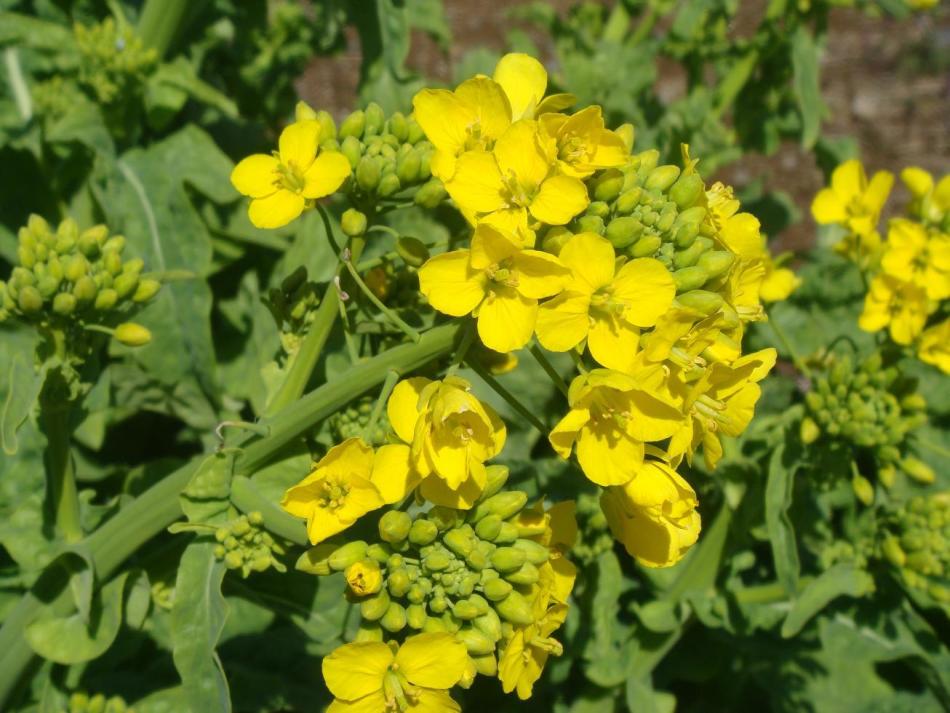







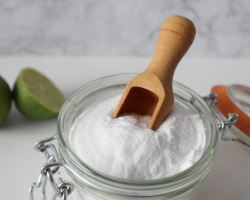
Thank you for the article! By the time I found her very much. Your article is like everything brilliant, simple and understandable. Good luck to the authors, good health, well -being. But the words "plant" in the Russian language do not exist. You can plant, plant, but not plant. You sincerely, professionally created an article, and I decided to help you with gramatics. Thank you again. Moreover, I really liked your article and became much more useful than many previously read. With deep respect, T.M. VNUKOV. Kuzbass. Kemerovo.
She hurried, and the word "grammar" wrote with one "m". Sorry.